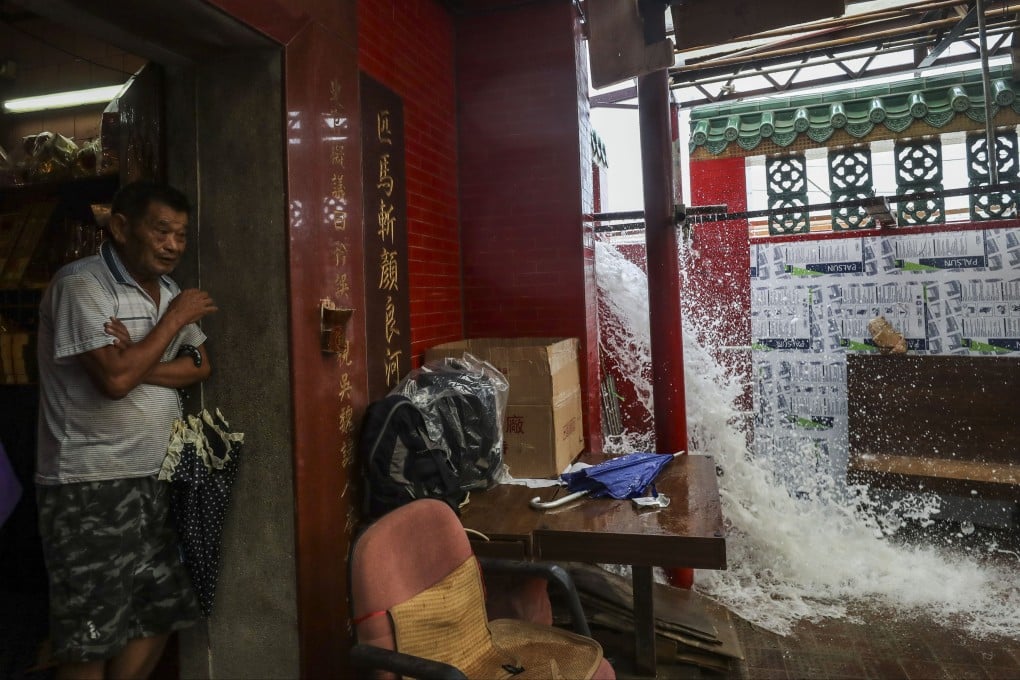Advertisement
Opinion | Hong Kong’s climate actions must match its words
As the city lags behind in climate resilience, the government should do more to save energy and reduce greenhouse gas emissions
Reading Time:3 minutes
Why you can trust SCMP

Many have complained about the unbearable heat in Hong Kong over the past couple of months. Perhaps we should review some global data, such as atmospheric carbon dioxide concentration at present. It is still on the rise, having risen above 425 parts per million in July, meaning that our collective decarbonisation efforts to address climate change are simply insufficient.
Advertisement
Back in Hong Kong, the city has continued to break records in terms of temperature, rainfall and the strength of typhoons in recent years. However, we are still not paying enough attention to the urgency of addressing climate risks.
Hong Kong has set several climate-related records this year. We had the hottest April ever recorded for the city, a record-breaking 18 hot nights in August and the hottest Ching Ming and Mid-Autumn Festivals to date.
Super typhoons Hato and Mangkhut swept through Hong Kong with sustained winds of 185 kilometres (114.9 miles) per hour in 2017 and 175km per hour in 2018, respectively. Only a few years later, we experienced super typhoons Saola and Yagi which hit the city in 2023 and 2024 respectively, with wind gusts in excess of 210km per hour.
Similarly, we are experiencing a worrying trend of increasing hourly rainfall. In 1886, Hong Kong recorded its highest hourly rainfall at 88.4 millimetres (3.4 inches). In 2006, the highest hourly rainfall was 115.1mm which represented a 30 per cent increase in 120 years. In 2008, it went up to 145.5mm, a rise of 26.4 per cent.
Advertisement
We probably recall the black rainstorm last September during which the highest hourly rainfall of 158.1mm was recorded. The storm caused flooding, including on public roads, in MTR stations, shopping malls and car parks, and disrupted normal life in many parts of the city.

Advertisement
